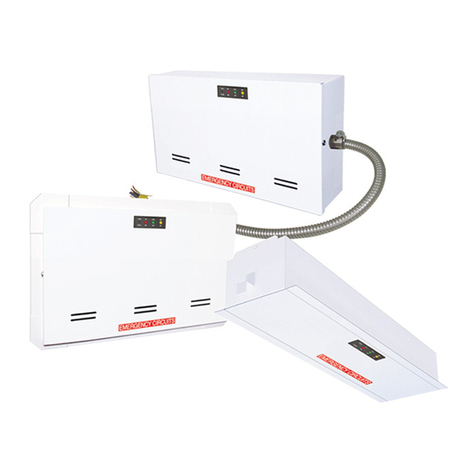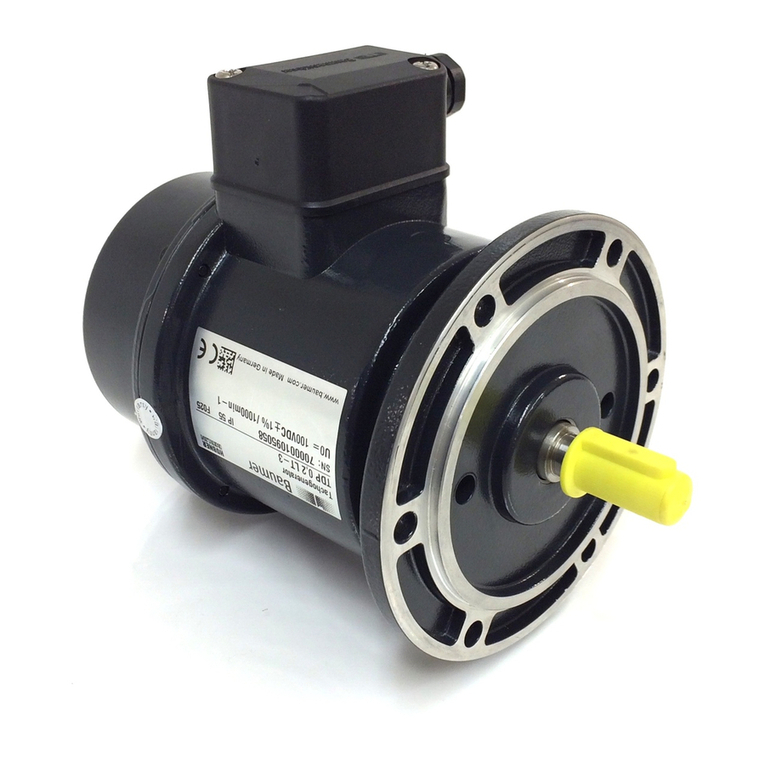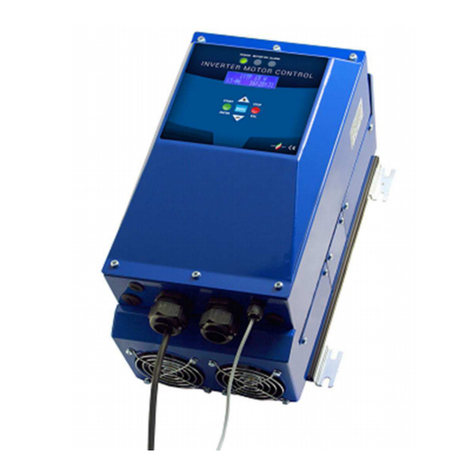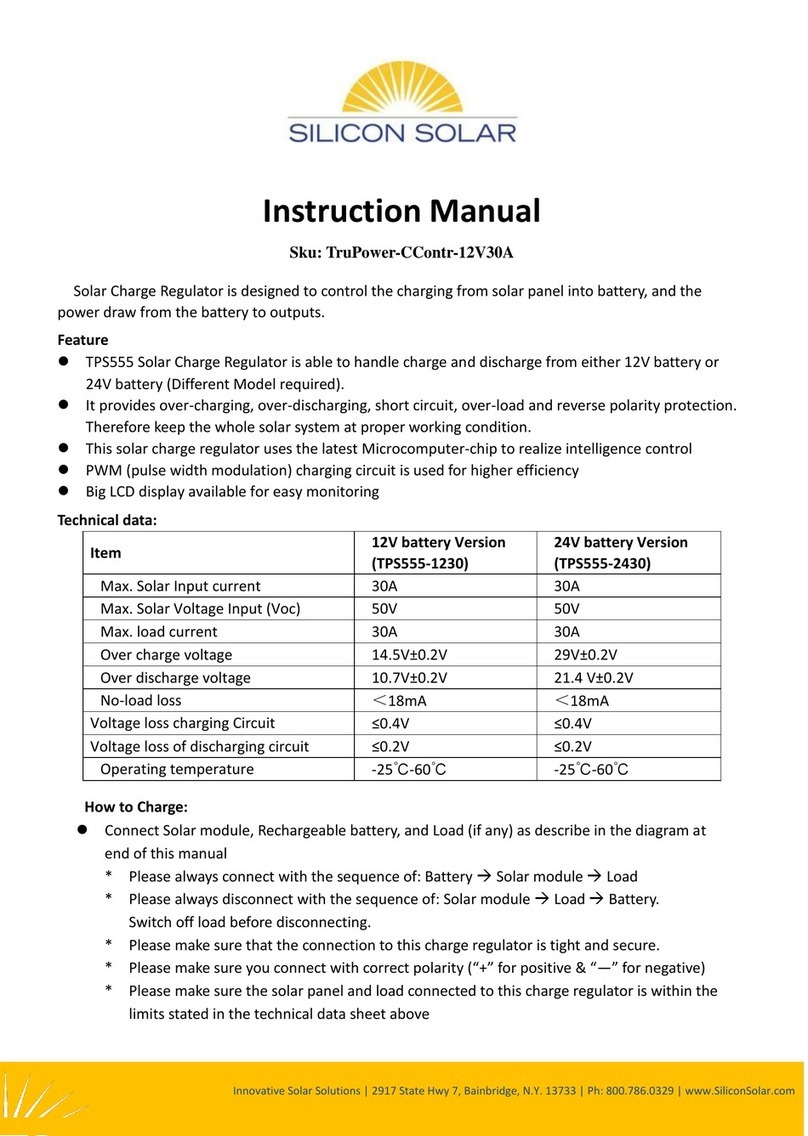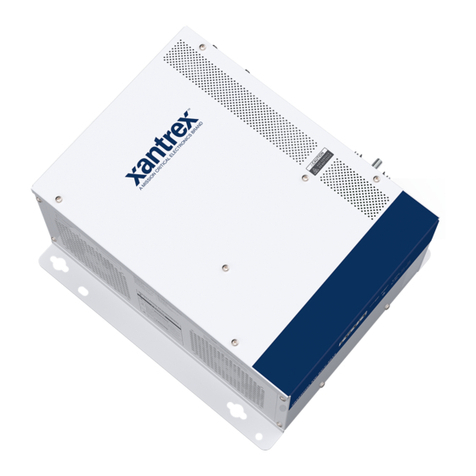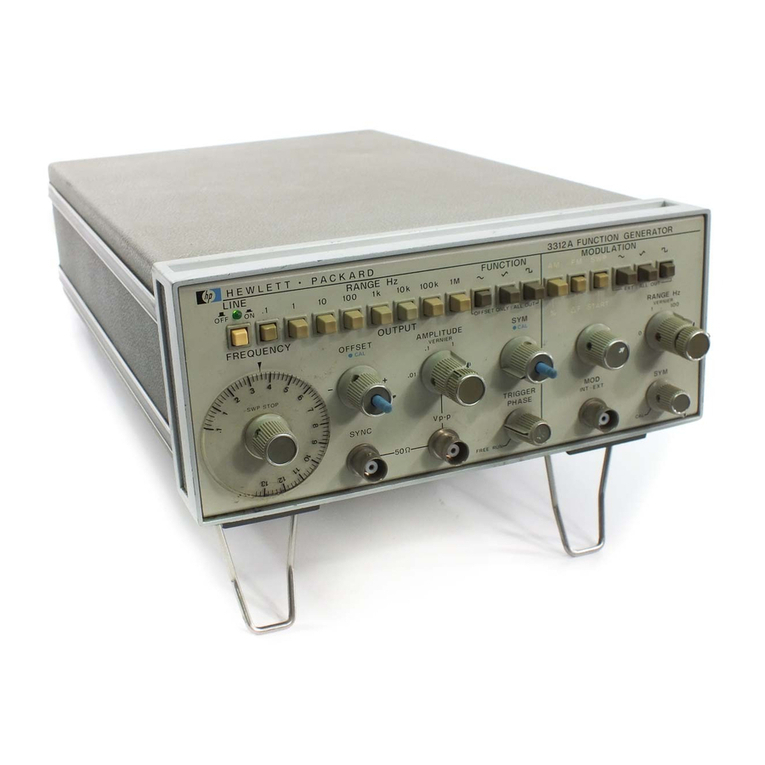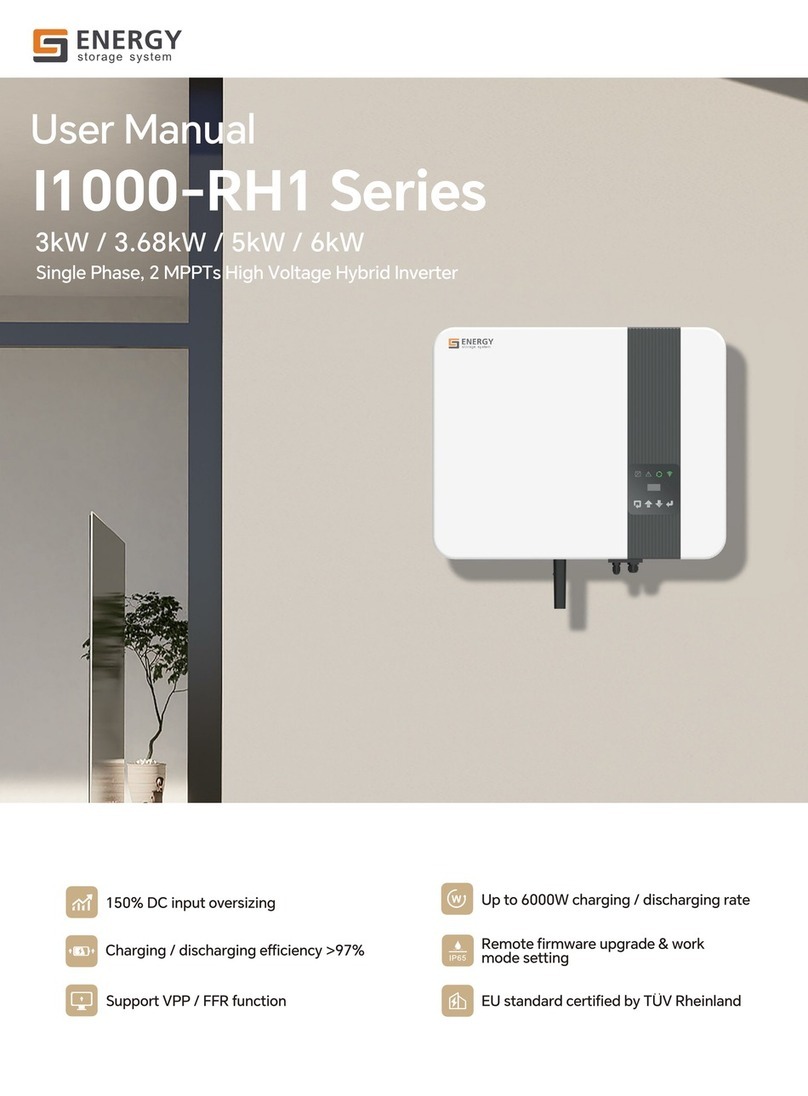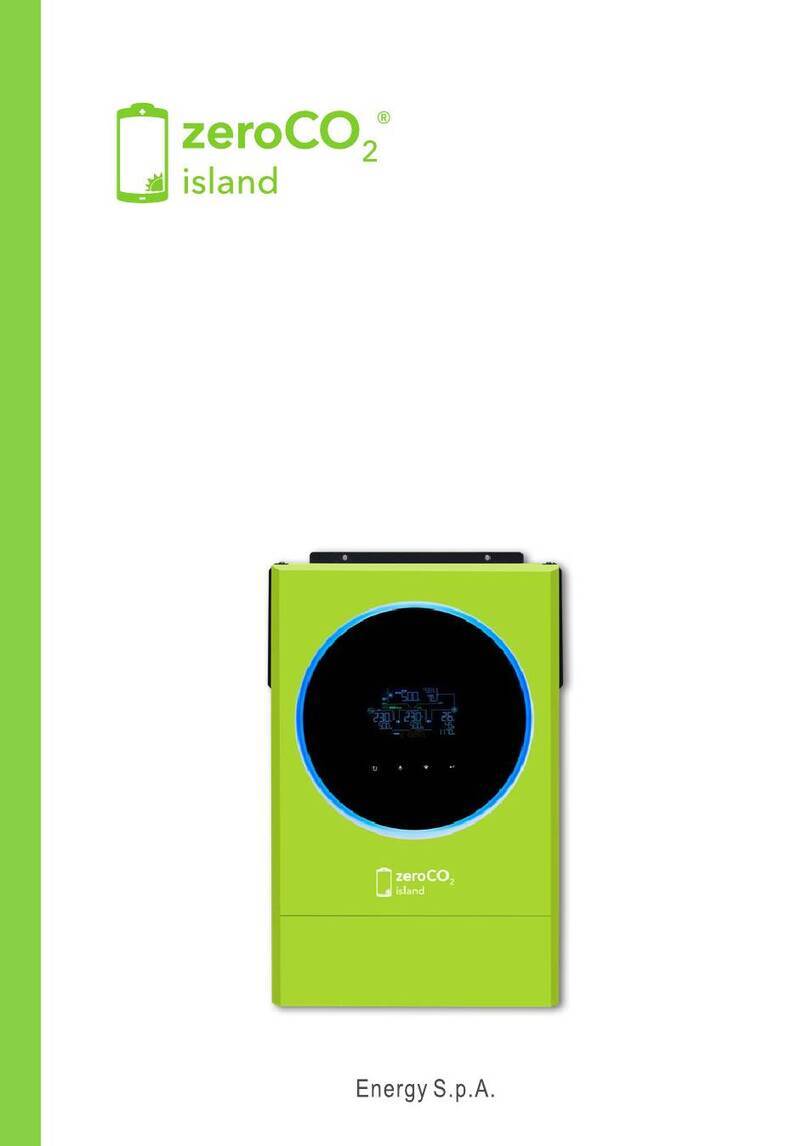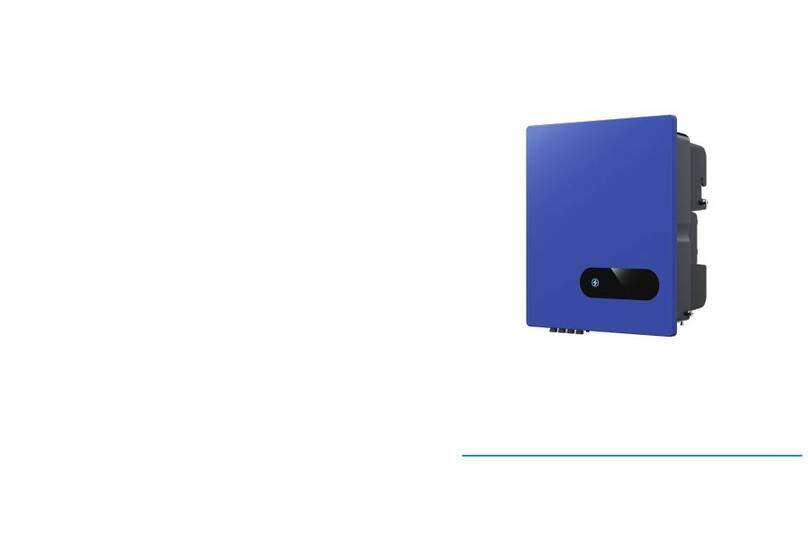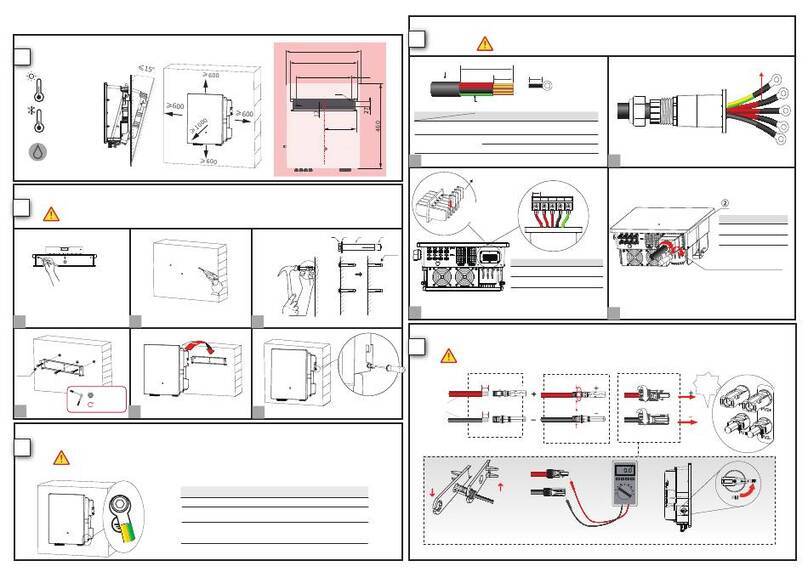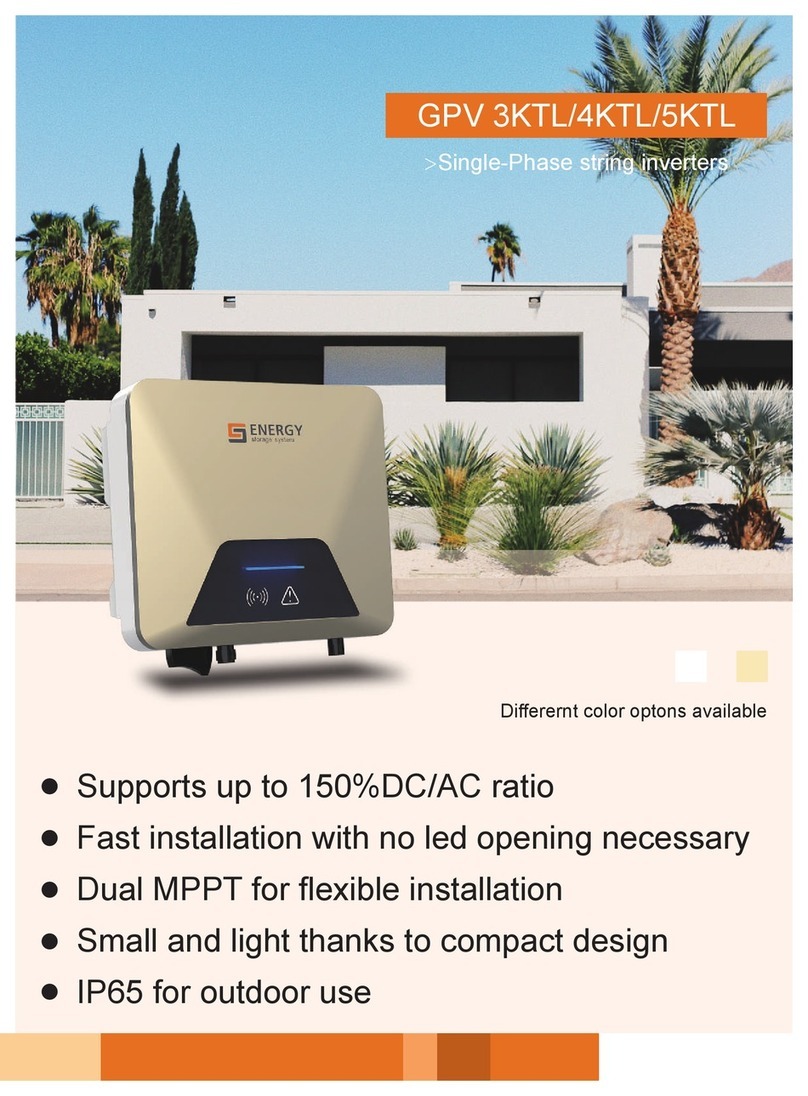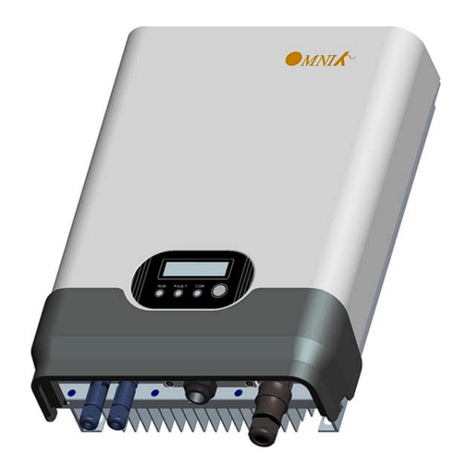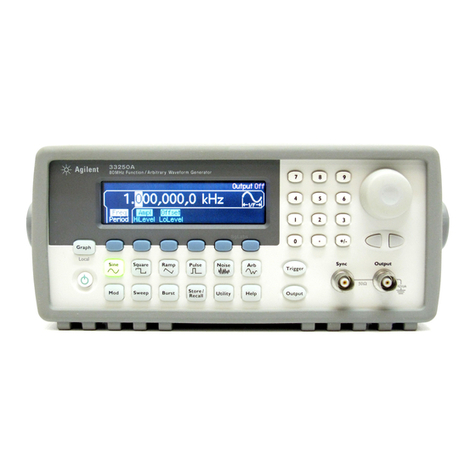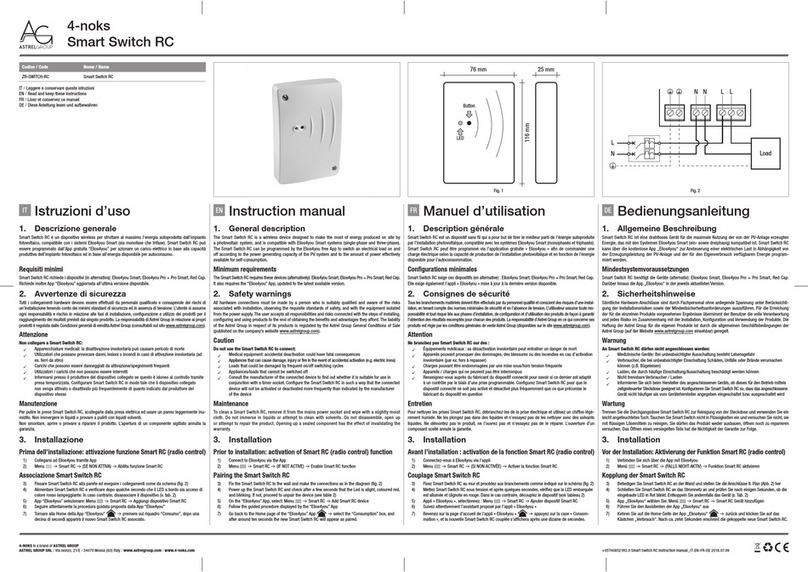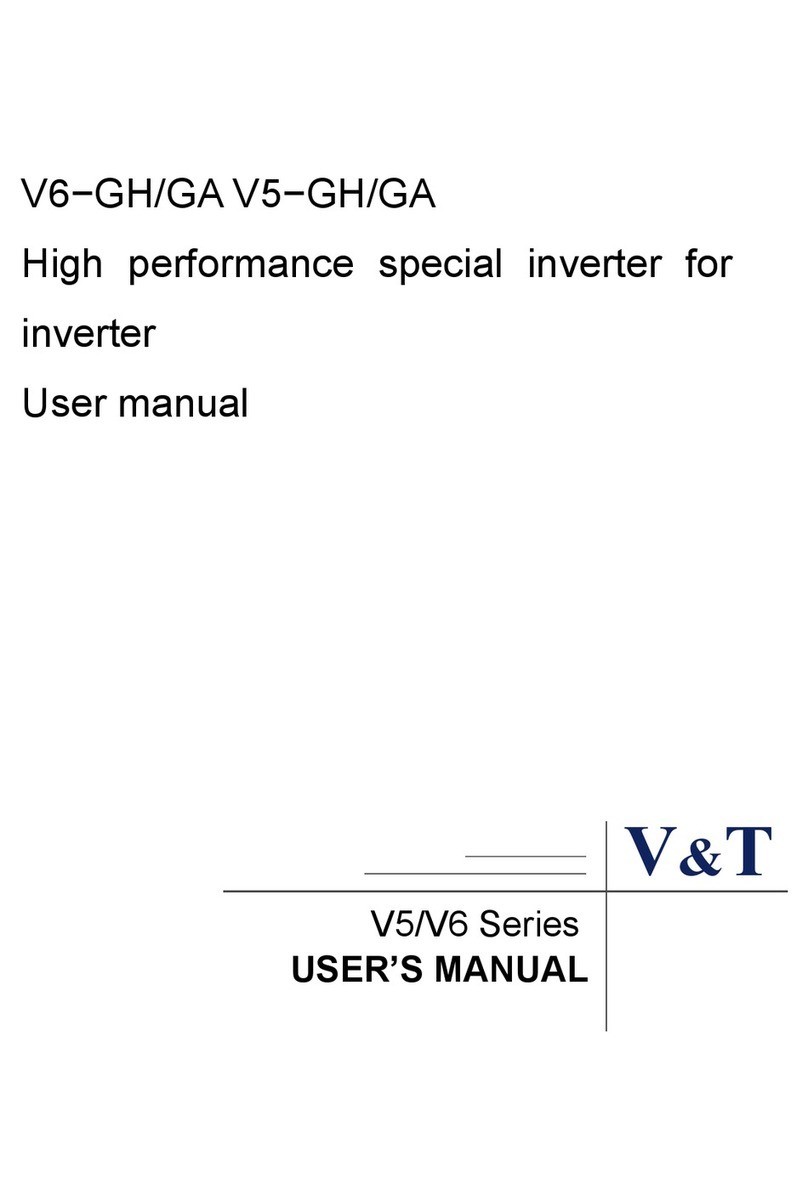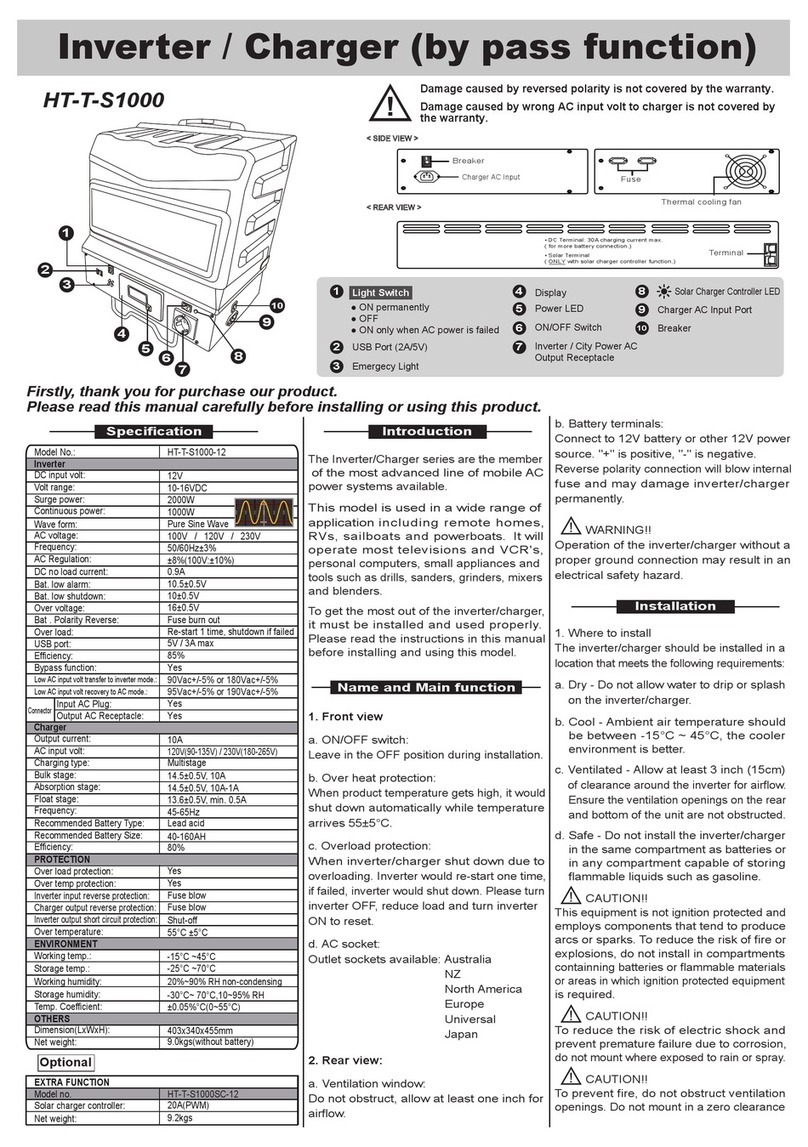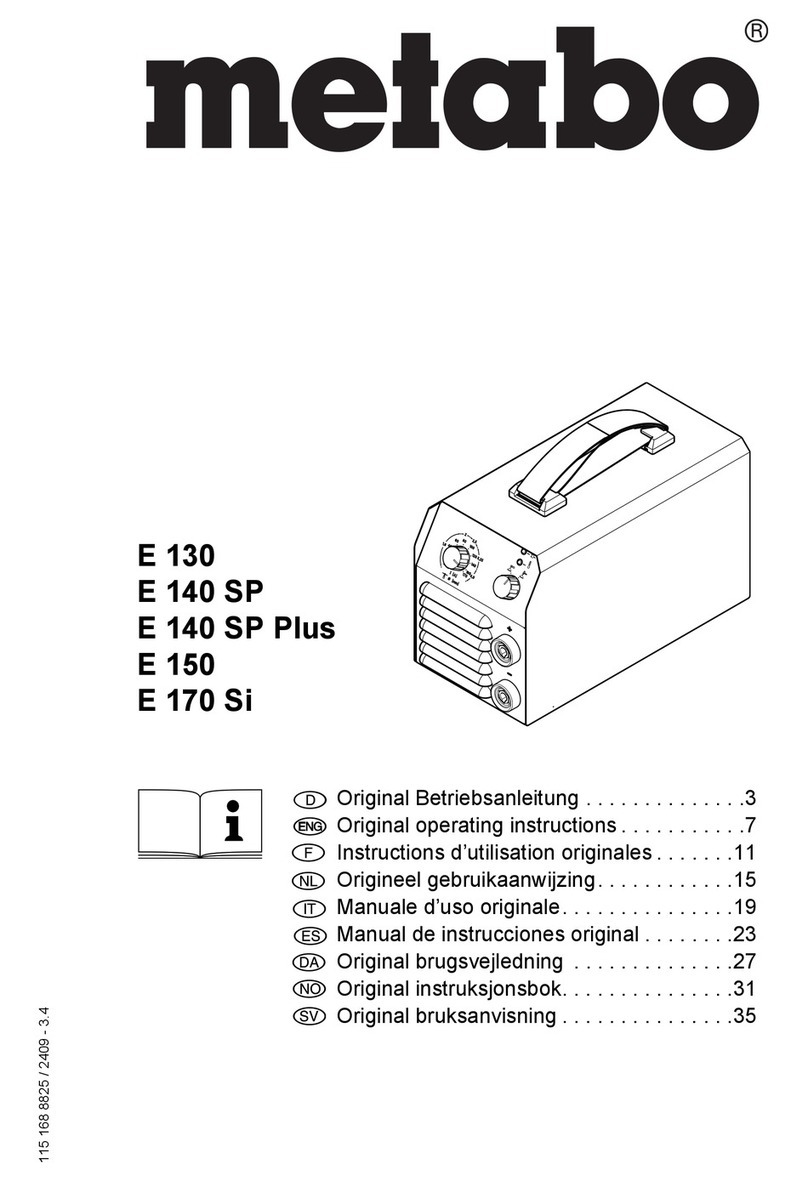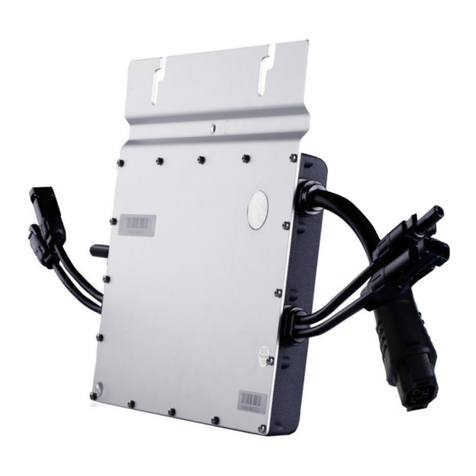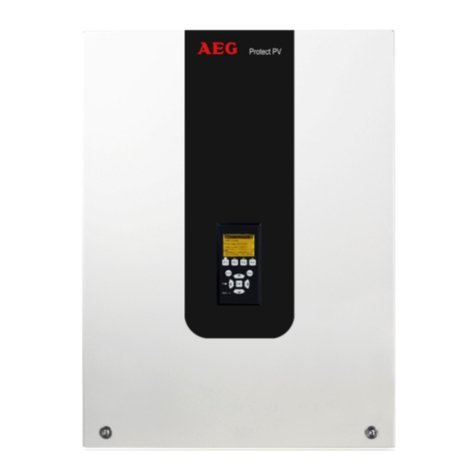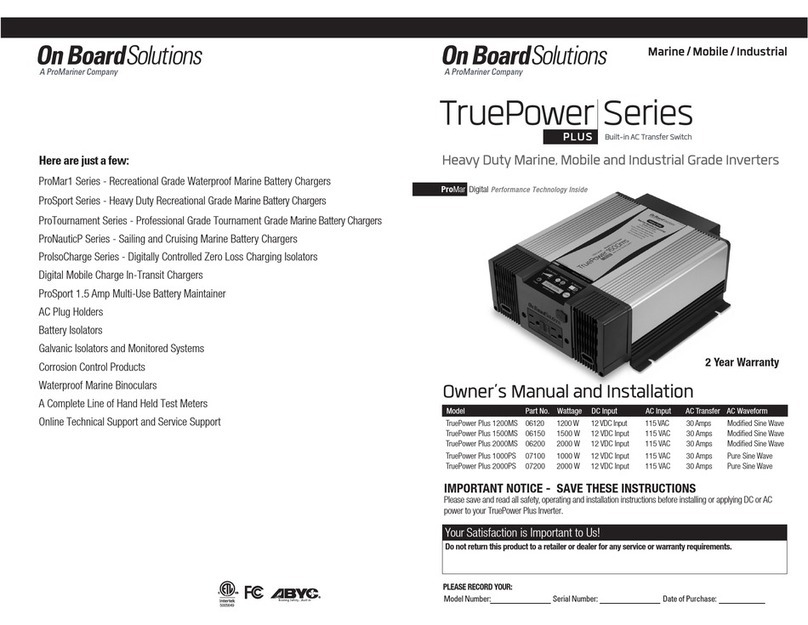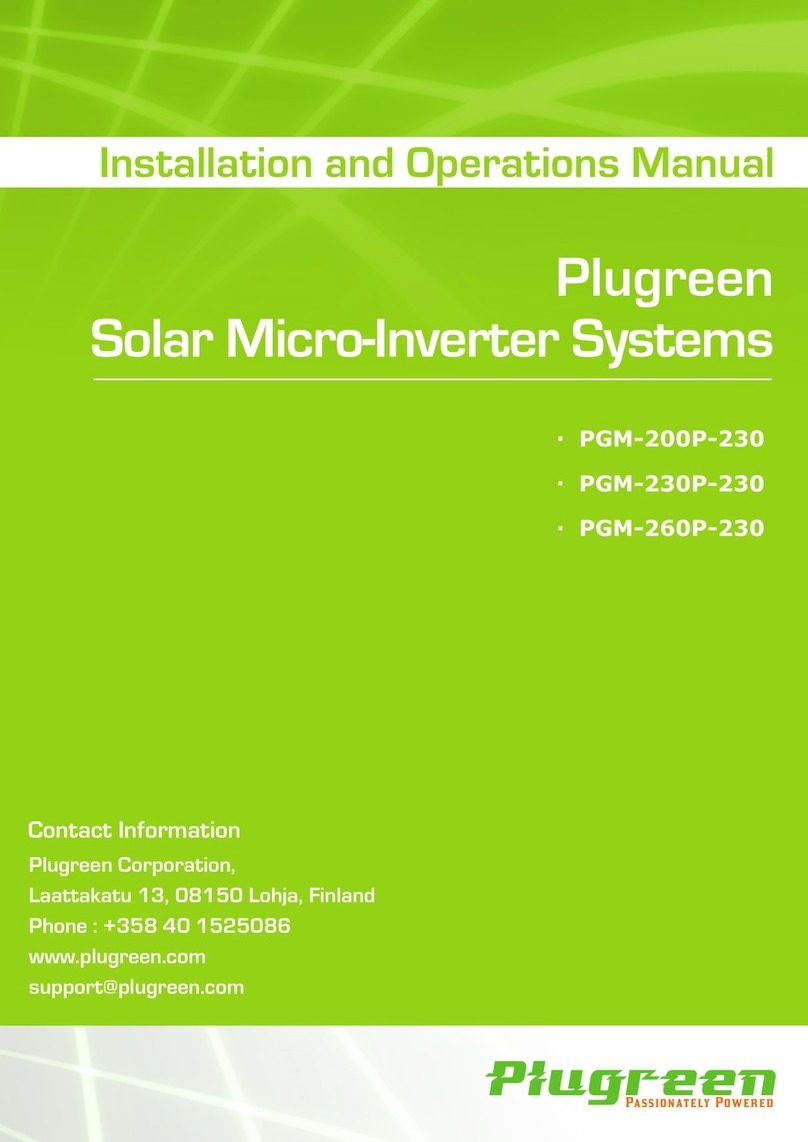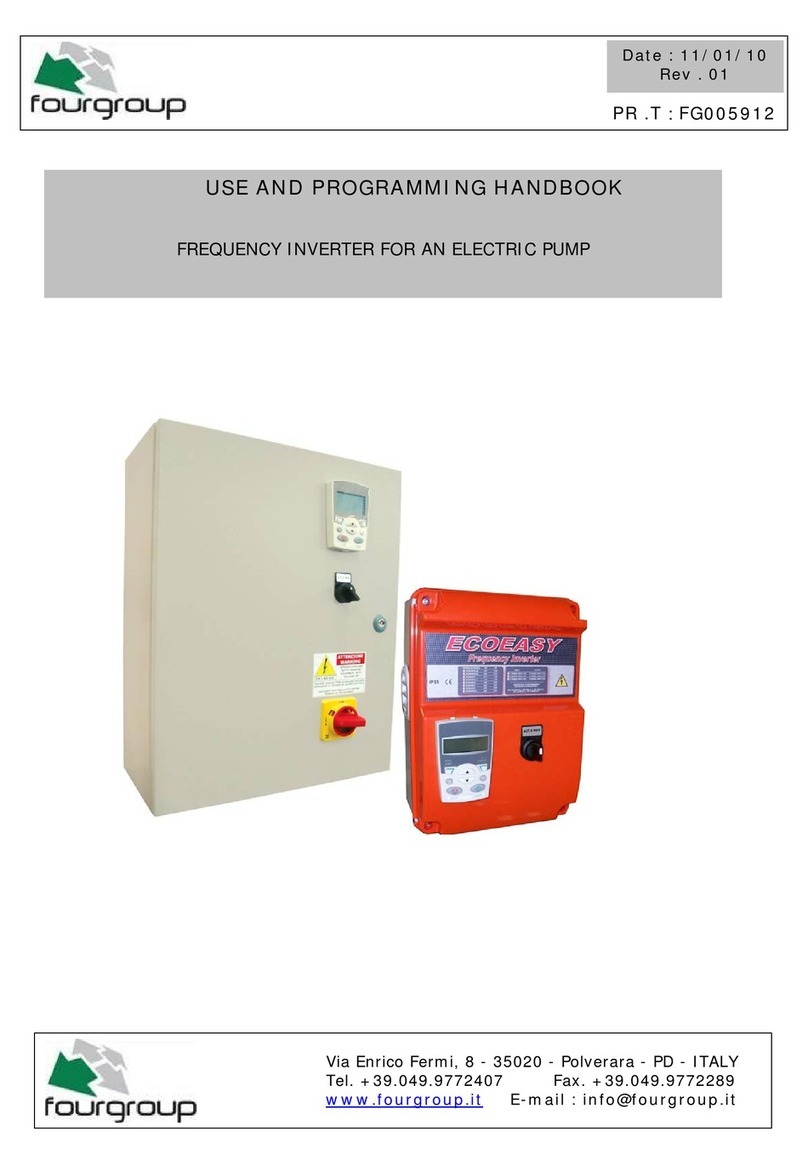
4
Table of Contents
1.0 Denitions........................................................................................................6
2.0 Safety ...............................................................................................................8
2.1 Skillsofqualiedpersonnel.......................................................................8
2.2 Symbols ....................................................................................................8
2.3 Referencestandards...............................................................................11
2.4 Beforeconnection ...................................................................................11
2.5 Duringtheuse.........................................................................................12
3.0 Introduction ...................................................................................................13
3.1 ProductPresentation...............................................................................13
3.1.1 Schematicdiagramsolution.........................................................14
3.1.2 Workinglogic ...............................................................................16
3.2 Systemarchitectureandoperation .........................................................17
3.2.1 zeroCO2-XLSystem...................................................................17
3.2.2 zeroCO2-XLcapabilitycurve ......................................................18
3.2.3 zeroCO2-XLSystemparameters................................................19
3.2.4 zeroCO2 - BESS 125K..................................................................22
3.2.5 ParametrizeroCO2- BESS 125K ................................................23
4.0 Receptionandhandling ...............................................................................24
4.1 Controloftheworkingenvironmentofthestoragesystem .....................24
4.1.1 Cleaning.......................................................................................24
4.1.2 Temperature.................................................................................24
4.1.3 Fire-ghtingsystem .....................................................................24
4.1.4 Installationplacechecking...........................................................25
4.1.5 Safetyarea ..................................................................................25
4.2 zeroCO2-XLSystem ..............................................................................25
4.2.1 Unpackingmode..........................................................................26
4.2.2 Packinglist...................................................................................32
4.3 zeroCO2- BESS 125K ............................................................................33
4.3.1 Unpackingmode..........................................................................34
4.3.2 Packinglist...................................................................................42
5.0 Installation .....................................................................................................44
5.1 Installationtools ......................................................................................44
5.2 Personalprotectiveequipment...............................................................45
5.3 zeroCO2-XLSysteminstallation ............................................................46
5.3.1 zeroCO2-XLSystemcableconnection.......................................46
5.3.2 MBMSADDSwitchsettings.........................................................50
5.4 BMScontrolmoduleandbatterybatterymoduleinstallation
inzeroCO2- BESS 125K.........................................................................52
5.4.1 Batterymoduleinterface..............................................................55
5.4.2 Controlmodule ...........................................................................56
5.4.3 zeroCO2-BESS125Kcablesconnection ...................................59
5.4.4 BMSADDSwitchsettings............................................................61
